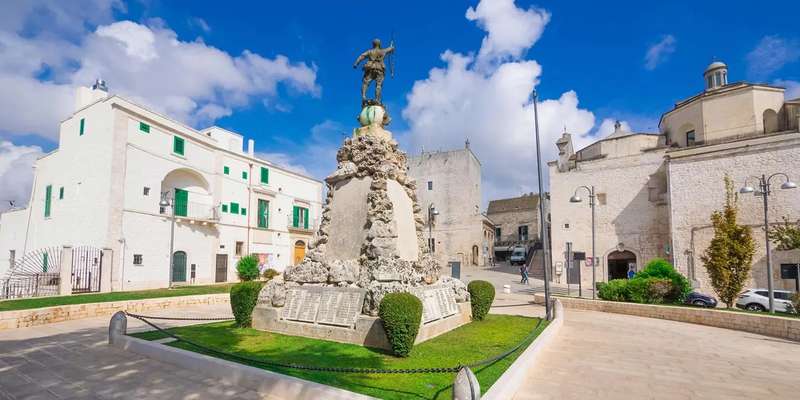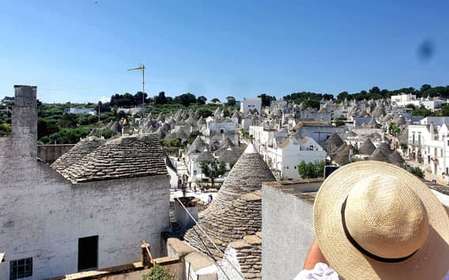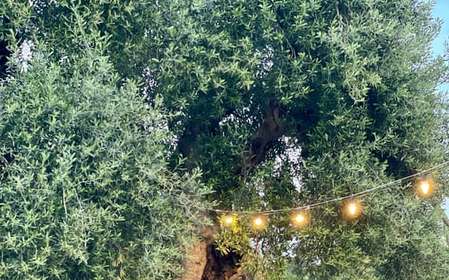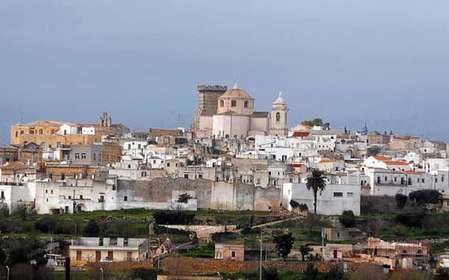- Home
- Useful Tips
- Best time to photograph...
Capturing Brindisi's sun-drenched landmarks should be magical, yet most travelers return with disappointing shots. Over 68% of visitor photos fail to do justice to the city's Romanesque cathedrals and seafront monuments, according to regional tourism data. The challenges are predictable but avoidable: harsh midday shadows washing out intricate facades, unexpected crowds obscuring the iconic Swabian Castle, and golden hour slipping away while you search for vantage points. These frustrations compound when visiting on limited time – especially during peak cruise season when 3,000+ daily visitors descend on the compact historic center. But with precise timing knowledge few possess, you can photograph Brindisi like the locals see it: bathed in soft morning light, with ancient stone glowing amber against Adriatic blues.


Why golden hour fails most Brindisi photographers
The textbook advice to shoot during golden hour often backfires in Brindisi's unique coastal topography. While the 60 minutes after sunrise theoretically offer perfect light, the historic center's eastward orientation means key landmarks like the Monumento al Marinaio d'Italia become backlit by 7:15am in summer. Compounding this, the city's working port comes alive at dawn – delivery trucks and fishing boats create unwanted background movement. Savvy photographers actually prefer the 30-minute pre-sunrise window when artificial lights still illuminate facades but the sky shows its first blue tones. This secret timing eliminates tourist crowds entirely while providing enough ambient light for tripod-free shooting at ISO 800-1600.
Locals' shortcut to crowd-free landmark access
Brindisi's compact size works against photographers when cruise passengers disembark en masse between 9am-11am. Instead of fighting for space at the Roman columns, follow the morning ritual of elderly residents who circle the city clockwise. Start at the virtually empty Santa Maria del Casale (6:45-7:30am) when its checkerboard facade catches angled light, then move to the cathedral as the first rays hit its rose window. By 8:15am, position yourself along the canal near Porta Mesagne where fishing boats provide dynamic foregrounds for the castle. This route leverages Brindisi's microclimates – sea mists often linger around the castle until 8:30am, creating atmospheric haze that softens backgrounds in telephoto shots.
The forgotten afternoon sweet spot
Conventional wisdom says to avoid afternoon photography, but Brindisi's limestone buildings undergo a magical transformation around 4:30pm in winter and 6:15pm in summer. As the sun dips toward the Ionian Sea, it penetrates the narrow vicoli (alleys) of the Jewish Quarter, creating natural spotlights on textural details most miss. This is prime time for intimate architectural shots – set your white balance to 'cloudy' to enhance the warm tones bouncing between buildings. The key is positioning: station yourself near Palazzo Granafei-Nervegna where the angled streets create perfect side lighting on carved portals. Unlike morning sessions, you'll have these passages virtually to yourself as tour groups retreat to cafes.
Moonlight over Brindisi: When to break the rules
On four nights each month, experienced photographers disregard all standard timing advice. When a waxing gibbous moon rises over the Adriatic (check lunar calendars for 85-95% illumination nights), Brindisi's seafront transforms into a long exposure paradise. The 30 minutes after nautical twilight – when the sky retains deep blue tones but city lights glow amber – creates surreal compositions at the Marine Terminal. Use a 6-stop ND filter to smooth harbor waters while keeping the moon's reflection crisp. Locals know the police rarely enforce tripod restrictions after 10pm, allowing unimpeded night photography of illuminated monuments. This unconventional approach yields shots no daytime visitor can replicate.



